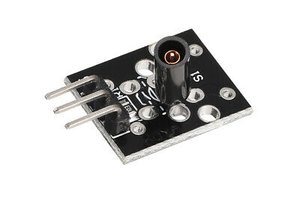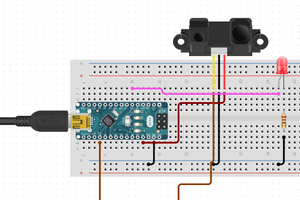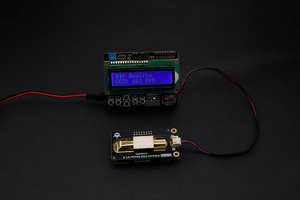Knock Sensor Module: Introduction
A Knock Sensor Module is a sort of sensor that dispatches HIGH signals once it detects vibration. At whatever point it recognizes vibration from a tap or thump, it sends information immediately to the board. A sensor that functions primarily with a spring and behaves like a switch.
Installed in this module is a spring-based sensor and one 10k Pull Up resistor. The resistor is utilized to restrict the current circling the module whenever it is stopped to a power source. This keeps the current from consuming the module.
Knock Sensor Working Principle
Inside the real sensor, there is a dainty copper wire that is wound up in a spring structure and it encompasses another copper wire that goes about as a middle post. Both the spring and the middle post will be the two association terminals of the sensor which works like a basic switch.
Typically, the external spring is marginally isolated from the middle post. At the point when the external spring and the middle post touch through adequate measure of vibration, this shorts both of the terminals.
The contact of the spring and the middle post is transient, however the Arduino is eminently proficient in identifying this association by executing a robust programming.
Knock Sensor with Arduino
Project Components:
- Arduino Board
- Breadboard
- Hit Sensor Module
- Jumper wires
- LED
GND = Negative
+5v= Positive
Signal wire = 5 on Arduino
Short leg of the LED = 6 on the Arduino


 hIOTron
hIOTron
